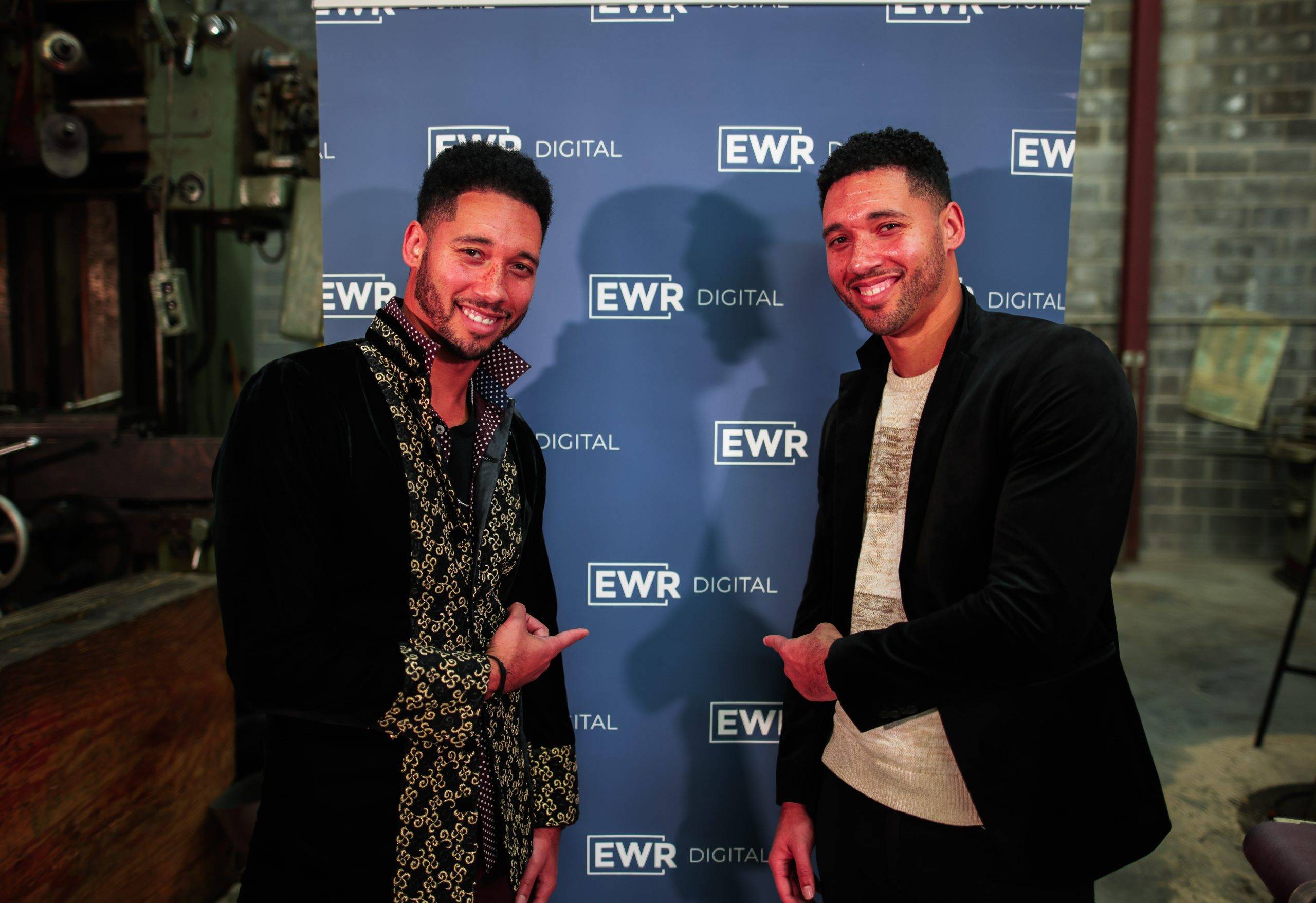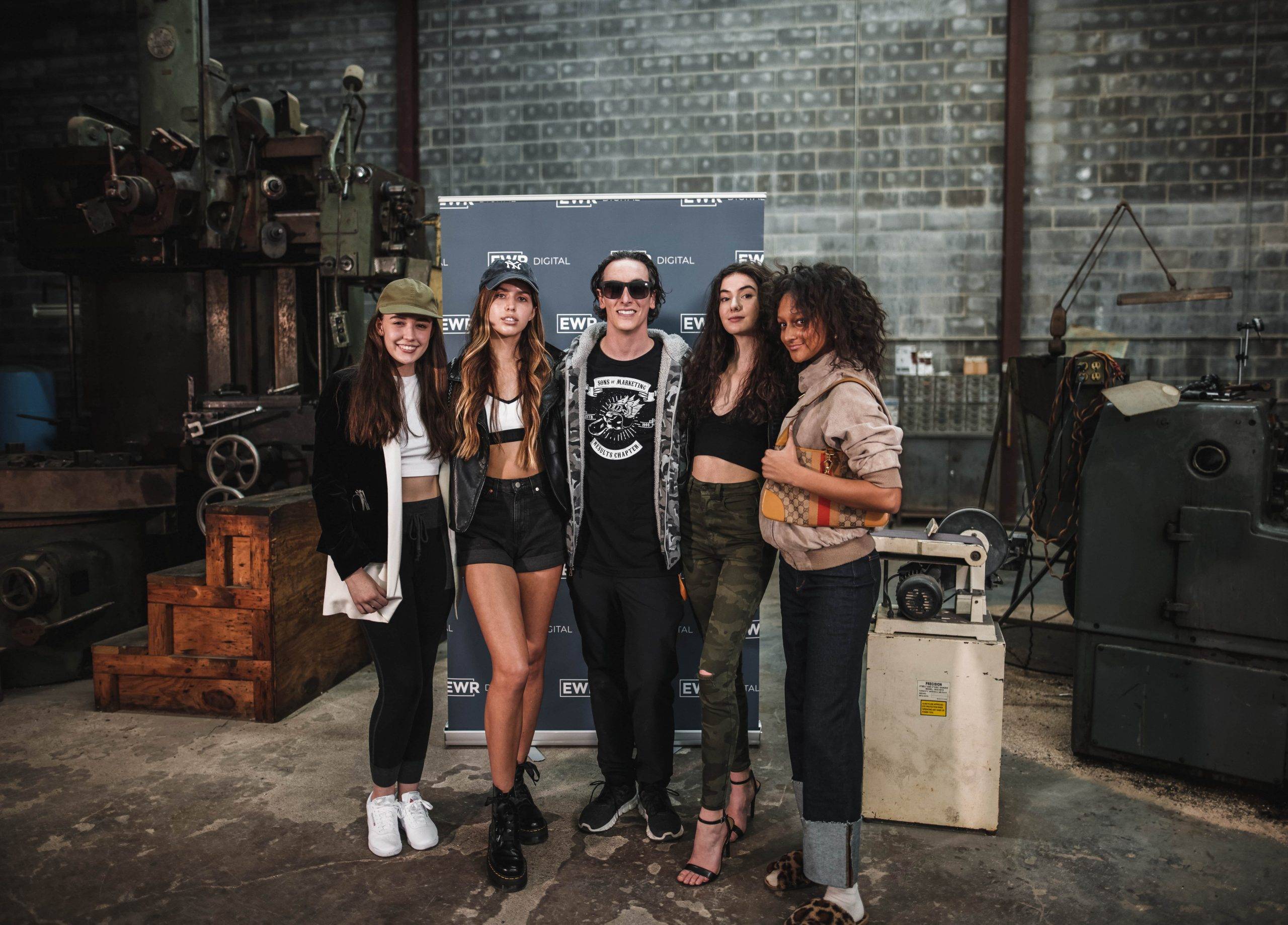
Fashion Trends: Unveiling the Business Impact on Consumer Behavior and Sales
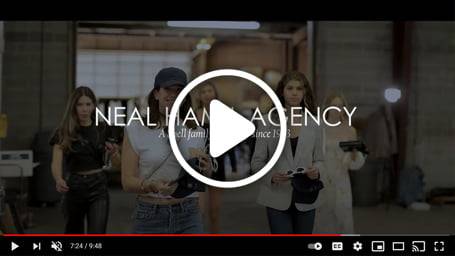
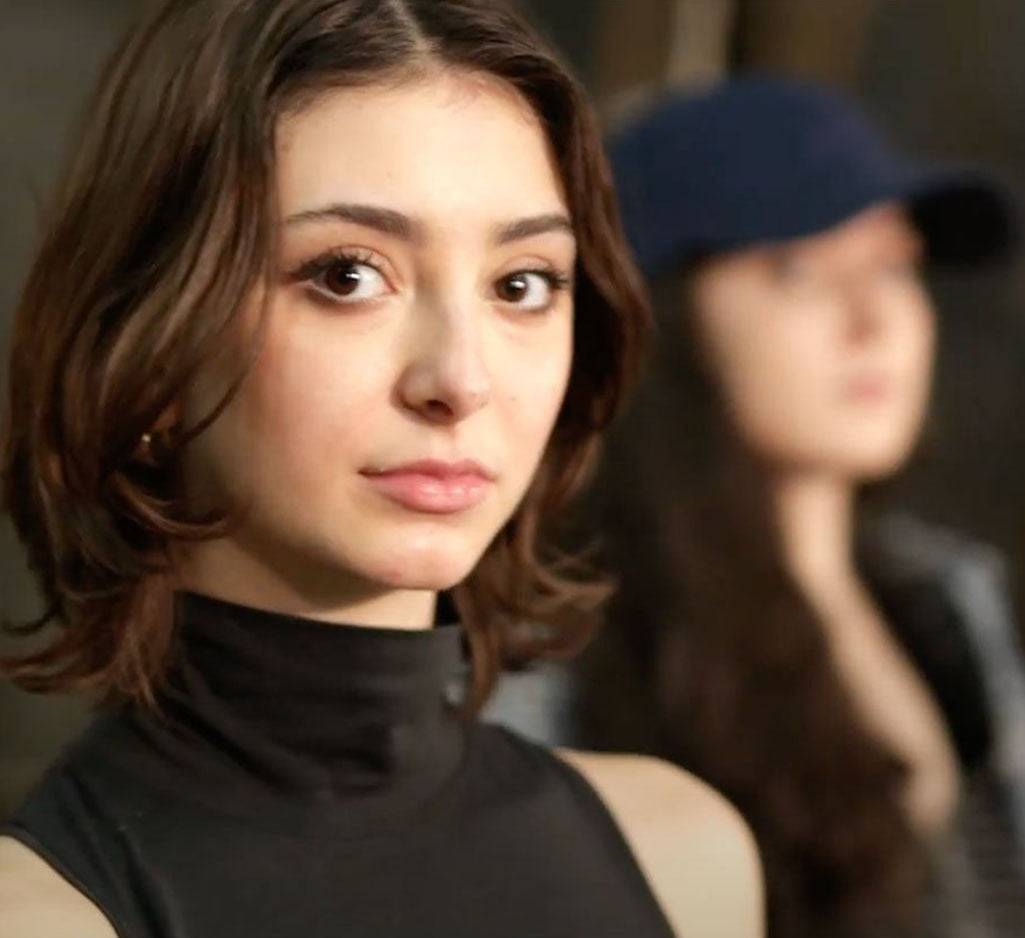
Picture this: you’re strolling through a bustling shopping district, surrounded by vibrant displays of the latest fashion trends. Each storefront beckons with promises of chic style and effortless glamour. As you navigate through this sartorial wonderland, it’s hard not to notice the constant evolution of fashion, with new trends emerging and fading faster than you can say “runway.”
But beyond the surface allure lies a fascinating intersection of art, culture, and commerce. Fashion isn’t just about looking good—it’s a multi-billion dollar industry driven by consumer preferences, societal influences, and economic forces. Every season, designers and retailers eagerly anticipate the next big trend, knowing that the right style can capture the hearts (and wallets) of consumers around the globe.
The impact of fashion trends on consumer behavior and sales is undeniable. From the rise of athleisure to the resurgence of vintage-inspired fashion, each trend has the power to shape how we dress, express ourselves, and interact with brands. But what drives these trends? And how do they translate into tangible business outcomes for retailers and fashion houses alike?
Fashion is an ever-evolving industry that thrives on innovation, creativity, and the desire for something new. From the runway to the streets, trends shape our fashion choices and reflect the dynamic nature of consumer preferences. However, it’s not just about personal style; fashion trends have a significant impact on the business side of the industry as well. In this blog post, we will delve into the fascinating world of fashion trends and explore how they influence consumer behavior, sales, and the overall business landscape.
Understanding the Power of Fashion Trends: Fashion trends hold a powerful influence over consumers, creating a ripple effect throughout the entire industry. They go beyond mere clothing choices; they tap into our collective desires, aspirations, and cultural influences. A successful fashion trend has the potential to shape entire collections, impact brand positioning, and even drive societal change. But how exactly do these trends impact the business side of fashion?
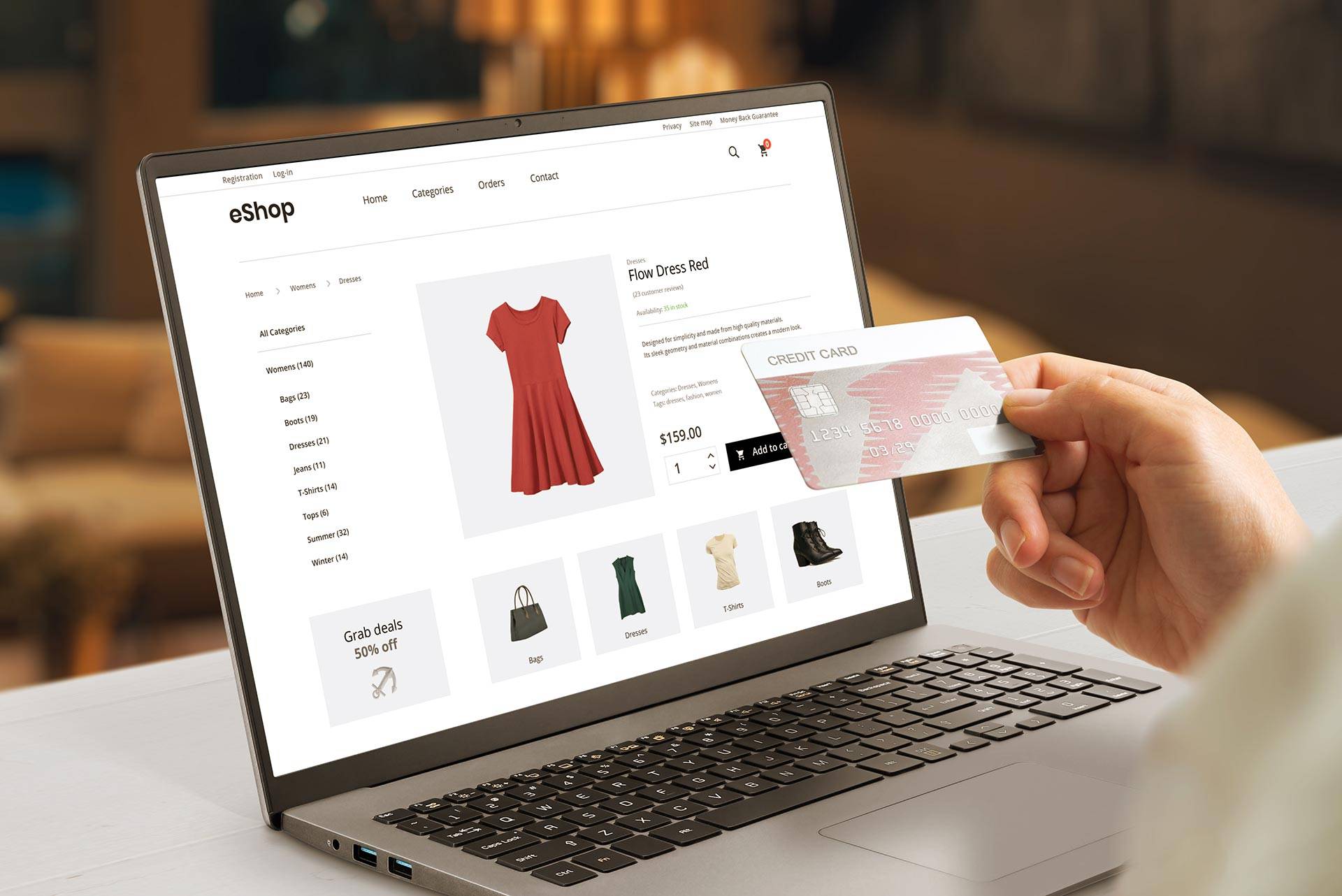
Consumer Behavior: The Driving Force Behind Fashion Trends
Fashion trends hold a powerful influence over consumer behavior, shaping their perceptions, desires, and ultimately, their purchasing decisions. The impact of trends extends far beyond mere clothing choices; it taps into our collective aspirations, self-expression, and the human need for social acceptance. As businesses navigate the dynamic fashion landscape, understanding consumer behavior becomes paramount for success.
Emotional Connection and Desire: Fashion trends have a remarkable ability to evoke emotions and create desire within consumers. When individuals come across a trend that resonates with their personal style or aligns with their aspirations, it ignites a sense of excitement and longing. They envision themselves embodying that trend, visualizing how it can enhance their self-expression and boost their confidence. This emotional connection drives their desire to acquire the latest fashion trends and stay up-to-date.
“Fashion has to reflect who you are, what you feel at the moment, and where you’re going.” – Pharrell Williams
Validation and Social Acceptance: In our interconnected world, fashion trends play a significant role in how individuals seek validation and social acceptance. People look to their peers, influencers, and celebrities to gauge what is considered fashionable and trendy. Staying up-to-date with the latest fashion trends becomes a means of fitting in, gaining recognition, and feeling part of a larger fashion-conscious community. It becomes a way to communicate identity, values, and personal style to the world.
Adapting Strategies through Consumer Behavior Analysis: Businesses in the fashion industry must be astute in analyzing consumer behavior to identify emerging trends and adapt their strategies accordingly. By understanding the motivations and preferences driving consumer choices, brands can stay ahead of the curve and align their offerings with market demands. Through market research, data analysis, and consumer insights, fashion businesses gain valuable knowledge about their target audience’s preferences, aspirations, and buying patterns. This knowledge enables them to curate collections, design marketing campaigns, and provide tailored experiences that resonate with their consumer base.
Aligning Offerings with Market Demands: A deep understanding of consumer behavior empowers fashion brands to align their offerings with market demands. By recognizing the preferences and aspirations of their target audience, businesses can create products that cater to their desires, needs, and lifestyle. This alignment enhances the appeal of their collections, increases customer satisfaction, and ultimately boosts sales potential. Whether it’s embracing sustainable fashion, incorporating inclusivity, or focusing on convenience and comfort, aligning with consumer preferences helps fashion brands stay relevant and build long-lasting connections with their audience.
Sales and Revenue: Harnessing the Power of Fashion Trends
The impact of fashion trends on sales and revenue within the fashion industry is undeniable. Timely and strategic adaptation to trends can propel brands to new heights, while neglecting or misjudging trends can lead to missed opportunities and stagnant sales. Understanding the influence of trends on consumer behavior is essential for fashion retailers seeking to maximize their sales potential.
Responding Swiftly to Trend Adoption: Fashion retailers that respond swiftly to the adoption of popular trends can experience a significant surge in sales. When a specific color, pattern, or style gains popularity, it captures the attention of consumers who desire to stay on-trend. By incorporating these elements into their collections promptly, fashion brands can meet the demands of their target audience and capitalize on the heightened interest. This responsiveness demonstrates a brand’s ability to understand and cater to consumer preferences, resulting in increased sales and revenue.
Driving Demand and Creating Excitement: Fashion trends have the power to drive demand and create a sense of excitement among consumers. When a particular trend gains momentum, it generates buzz and becomes a topic of conversation within fashion circles. This buzz creates a desire within consumers to be a part of the trend and own the latest fashionable items. Brands that tap into this excitement by offering trend-focused products and marketing campaigns can attract a larger customer base, leading to increased sales and revenue.
Avoiding Excess Inventory and Decreased Profitability: Failure to capitalize on fashion trends can result in excess inventory and decreased profitability for fashion retailers. When brands overlook or underestimate the popularity of a trend, they may produce or stock items that do not resonate with their target audience. This can lead to unsold inventory, markdowns, and decreased profit margins. By accurately identifying and responding to trends, fashion businesses can optimize their inventory management, minimize excess stock, and maintain healthy profit margins.
Strategic Trend Forecasting and Analysis: To effectively leverage fashion trends for increased sales and revenue, fashion retailers must invest in strategic trend forecasting and analysis. This involves monitoring industry insights, consumer preferences, and market research to identify emerging trends and anticipate their potential impact. By staying ahead of trends, brands can proactively align their product offerings, marketing strategies, and inventory planning to meet the demands of their target audience. This foresight allows them to capture the attention of trend-conscious consumers and drive sales.

Fashion Trends, Consumer Behavior & Business Success: Key Stats
- Social Media Influence: Over 80% of consumers have made a purchase based on recommendations from influencers on social media platforms like Instagram, according to a survey by GlobalWebIndex. [Source: GlobalWebIndex Report]
- Economic Impact of Fashion Industry: The global fashion industry is estimated to be worth over $2.5 trillion, with apparel accounting for the largest share of revenue. [Source: McKinsey & Company State of Fashion Report]
- Online Shopping Trends: E-commerce sales in the fashion industry are projected to reach $1.5 trillion by 2023, representing a significant portion of total retail sales. [Source: Statista Retail E-commerce Sales Report]
- Mobile Shopping Habits: Mobile devices account for approximately 60% of e-commerce traffic in the fashion industry, indicating the importance of mobile optimization for online retailers. [Source: Adobe Digital Insights Enconomy Index]
Industry Adaptation: Navigating Fashion Trends with Agility and Innovation
In the ever-evolving landscape of the fashion industry, trends serve as catalysts for businesses to adapt and innovate. Fashion brands must remain vigilant, closely monitoring the pulse of the industry and the shifting preferences of consumers. The ability to adapt is paramount for success, as it encompasses various aspects of the business, ranging from product development and marketing strategies to retail experiences and distribution channels. Companies that can swiftly respond to trends while staying true to their unique brand identity gain a significant competitive edge in the market.
Embracing Trend Awareness: Fashion brands must be highly attuned to emerging trends and consumer preferences. They constantly observe fashion runways, street styles, social media, and cultural influences to identify the next big thing. By cultivating a culture of trend awareness within their organization, businesses can proactively anticipate shifts in consumer demands and stay ahead of their competitors. This awareness forms the foundation for strategic decision-making and ensures that brands are well-positioned to adapt to changing trends swiftly.
Product Development and Design: Adapting to fashion trends involves incorporating them into the product development and design process. Fashion companies analyze trends to inform their creative direction, ensuring that their collections resonate with consumers. This may involve incorporating popular colors, patterns, or silhouettes into their designs while infusing their unique brand aesthetic. By striking a balance between staying on-trend and maintaining brand identity, companies can captivate their target audience and drive sales.
Innovative Marketing Strategies: Fashion brands must continuously evolve their marketing strategies to leverage the power of trends. They employ innovative techniques to create captivating campaigns that connect with consumers on a deeper level. This may include leveraging influencer collaborations, social media activations, storytelling, and experiential marketing to amplify the impact of fashion trends. By integrating trends into their marketing efforts, companies can generate buzz, engage their audience, and enhance brand visibility in a competitive marketplace.
Enhanced Retail Experiences: Retail experiences play a pivotal role in adapting to fashion trends. Forward-thinking brands create immersive and personalized experiences that align with the latest trends. This can involve incorporating interactive elements, pop-up shops, digital integration, and unique visual merchandising techniques. By curating a compelling in-store or online environment that reflects current trends, brands create a sense of relevance, excitement, and connection with their target customers.
Evolving Distribution Channels: Adaptation to fashion trends extends to distribution channels as well. Fashion companies explore new avenues to reach their target audience, such as online marketplaces, collaborations with e-commerce platforms, or direct-to-consumer models. They adapt their distribution strategies to meet the changing preferences of consumers, ensuring seamless access to trend-focused products. By embracing digital platforms and exploring alternative retail formats, brands can expand their reach and cater to the evolving needs of their customers.
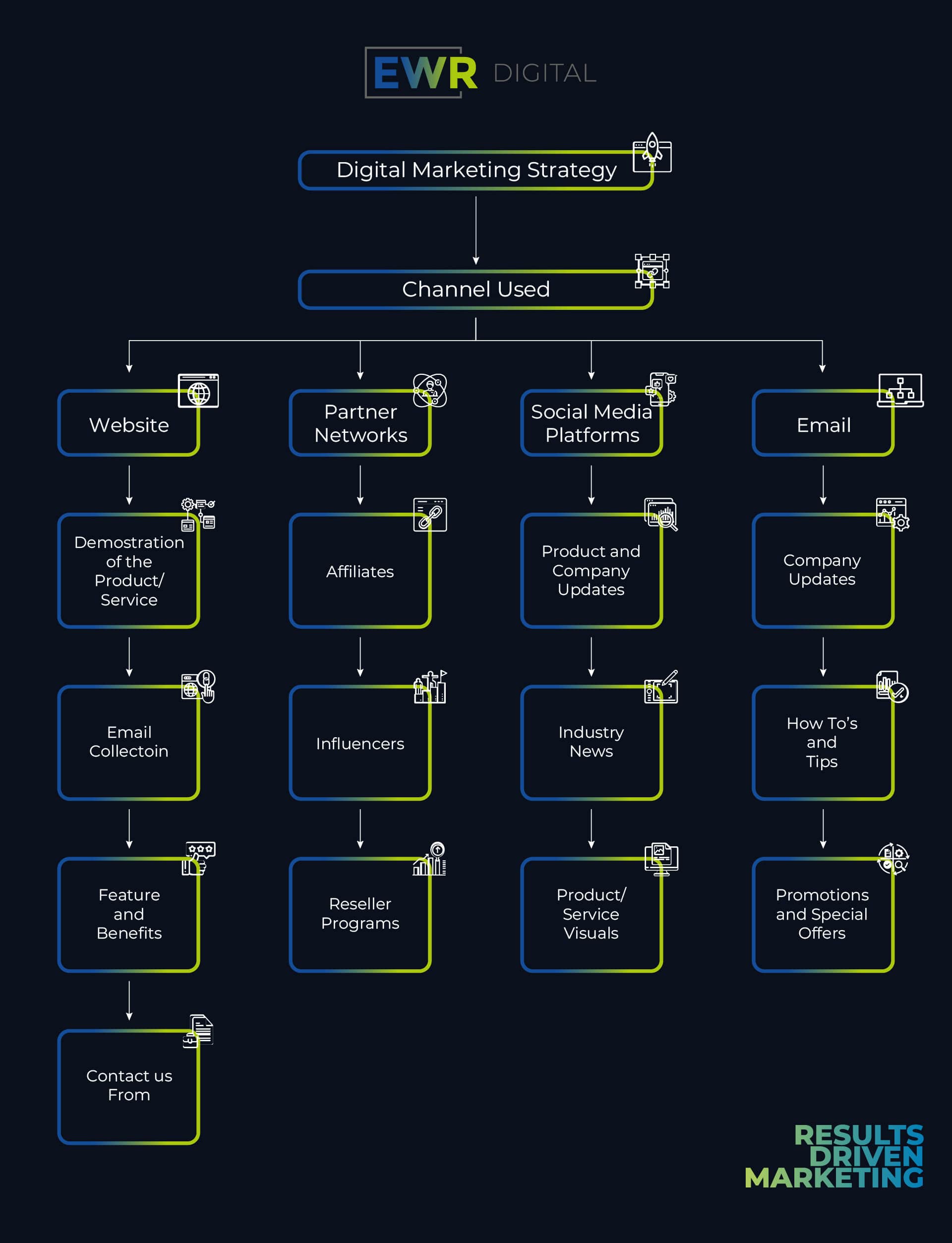
Collaboration and Partnerships:
In the world of fashion, trends not only inspire individual brands but also foster collaboration and partnerships within the industry. Recognizing the collective power of creative minds, brands often join forces with influencers, celebrities, or other fashion entities to create a buzz around a particular trend. These collaborations serve as catalysts for amplifying reach, engaging with the target audience, and ultimately driving sales. Through strategic partnerships, fashion businesses can harness the collective energy of like-minded entities and elevate the impact of fashion trends.
Expanding Reach and Audience Engagement: Collaborations provide an opportunity for brands to expand their reach and tap into new audiences. By teaming up with influential individuals or complementary fashion brands, businesses can leverage their partner’s established fan base and engage with a broader spectrum of consumers. This cross-pollination of audiences exposes the brand to new demographics, creating fresh opportunities for growth and brand exposure. Collaborations enable brands to access untapped markets and forge connections with customers who may have previously been outside their reach.
Creating Buzz and Excitement: Fashion collaborations generate a heightened sense of anticipation and excitement among consumers. When renowned personalities or brands come together, it sparks curiosity and ignites conversations within the fashion community. Limited-edition collections, co-branded marketing campaigns, and joint initiatives create a sense of exclusivity and desirability, prompting consumers to actively seek out and engage with the collaborative offerings. By capitalizing on the buzz surrounding a collaboration, fashion brands can generate significant attention, fueling interest in the associated trends and driving sales.
Innovation and Creativity: Collaborations in the fashion industry often result in innovative and creative outcomes. When diverse perspectives and expertise converge, new ideas are born, pushing the boundaries of design, marketing, and brand storytelling. Collaborative projects allow brands to experiment with unconventional approaches, blend unique aesthetics, and explore uncharted territories. The infusion of fresh perspectives and creative synergy generates captivating products and experiences that captivate consumers and set trends in motion.
Strategic Brand Alliances: Fashion collaborations can also take the form of strategic brand alliances. By partnering with complementary brands that share a similar target audience or brand values, fashion businesses can leverage each other’s strengths and amplify their impact. These alliances may involve joint marketing efforts, co-hosted events, or shared resources. By pooling their expertise and resources, brands can create a more significant presence in the market, benefit from cross-promotion, and tap into each other’s customer base, resulting in increased sales and brand exposure.
Building Authenticity and Brand Relevance: Collaborations allow fashion brands to build authenticity and enhance their relevance in the eyes of consumers. By partnering with influencers or entities that align with their brand values, businesses can tap into the credibility and trust established by their collaborators. This association creates an authentic connection with consumers who resonate with the influencer or entity, enhancing the brand’s image and strengthening its positioning within the market. Collaborations provide an opportunity for brands to showcase their relevance in the current cultural and fashion landscape, making them more relatable and appealing to their target audience.
Fashion trends possess a profound influence on consumer behavior, sales, and the overall business landscape. By closely analyzing emerging trends, businesses gain valuable insights into consumer preferences, enabling them to tailor their strategies and offerings accordingly. Adaptability, responsiveness, and an astute understanding of trends are crucial for fashion brands seeking sustained success in this dynamic industry. As fashion continues to evolve, businesses that embrace and harness the power of trends will undoubtedly thrive, shaping the future of the fashion landscape.
Remember, understanding the connection between fashion trends and the business impact is essential for fashion professionals, marketers, and enthusiasts alike. By grasping the underlying dynamics, we can navigate the ever-changing fashion industry with informed decisions and a keen eye for emerging trends.
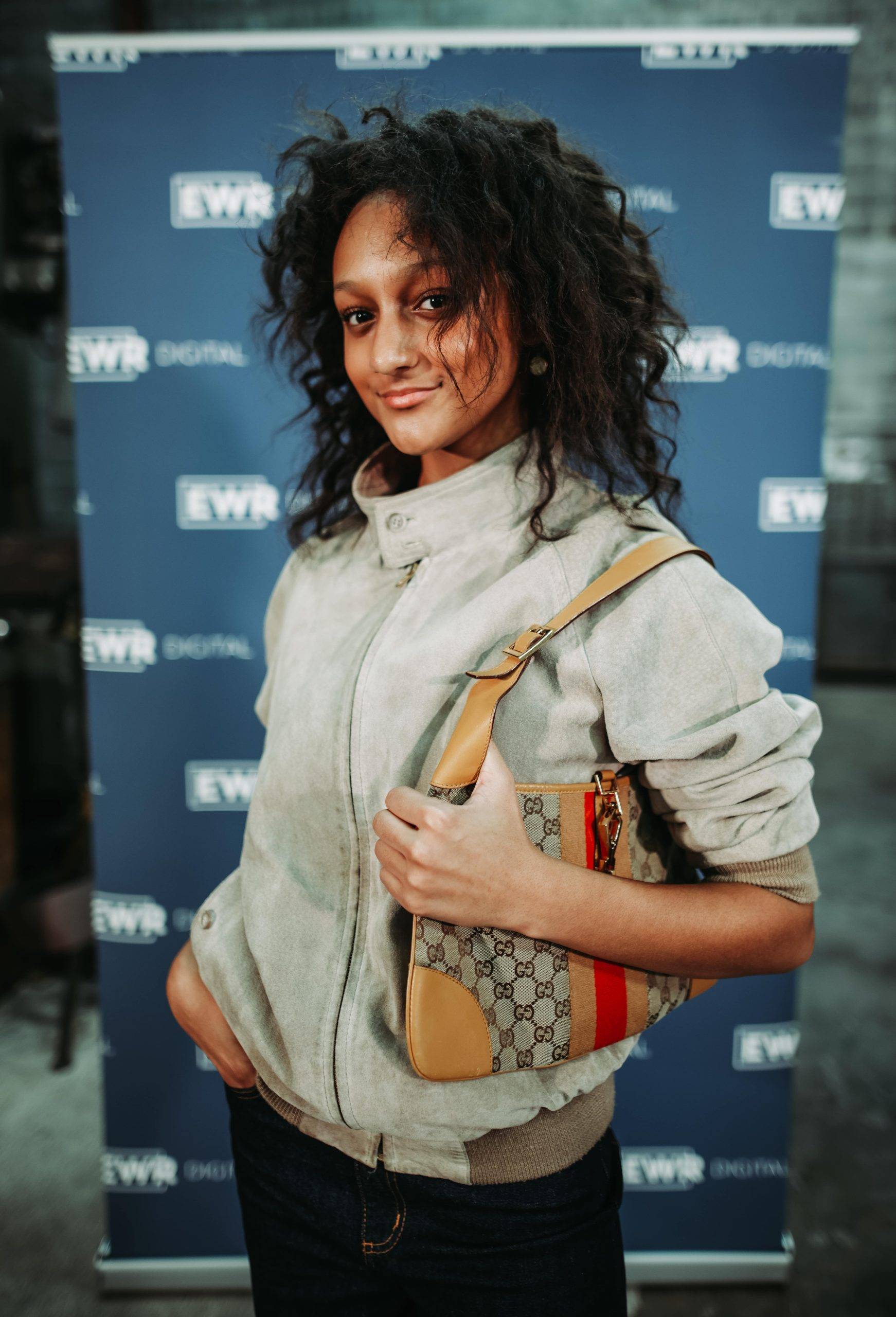
Fashion Trends: Impact on Sales & Behavior
The Influence of Athleisure: Picture this, you’re scrolling through your Instagram feed and notice that everyone seems to be rocking athleisure, from yoga pants to hoodies, even when they’re not hitting the gym. Turns out, this trend isn’t just about comfort—it’s big business. According to a report by Morgan Stanley a few years back, the athleisure market was booming, raking in over $97 billion in sales. Brands like Lululemon and Nike jumped on board, offering stylish activewear that people couldn’t resist, whether they were working out or just lounging around.
The Power of Influencer Marketing: Ever wonder why your favorite fashion influencers seem to have such a huge impact on what you buy? Well, it turns out that influencer marketing is a game-changer for fashion brands. Take Dior, for example. When they teamed up with influencers like Chiara Ferragni and Camila Coelho for their product launches and fashion shows, it wasn’t just about getting likes—it was about boosting sales. A recent case study by Launchmetrics found that collaborating with influencers led to a major uptick in brand awareness, engagement, and, you guessed it, sales. So next time you see your favorite influencer sporting a new outfit, you might just find yourself clicking “add to cart.”
Fast Fashion vs. Sustainable Fashion: With all the buzz around sustainability these days, it’s no surprise that the fashion industry is feeling the heat. Take a study by McKinsey & Company, for instance. They found that more and more consumers are ditching fast fashion in favor of sustainable alternatives. It’s not just about looking good anymore—it’s about feeling good too. Brands like H&M and Zara are taking note, rolling out sustainability initiatives and transparent supply chains to keep up with the demand for eco-friendly fashion. Looks like the future of fashion is looking greener than ever!

Introducing EWR Digital: Ignite Your Online Success in the Fashion Industry
Ready to unlock the true potential of your online presence and skyrocket your fashion brand to new heights? Look no further than EWR Digital, the leading digital marketing agency specializing in driving remarkable results in the ever-evolving world of fashion.
At EWR Digital, our team of seasoned professionals possesses unmatched expertise in the concepts that define exceptional digital marketing in the fashion industry: SEO strategies tailored specifically for fashion brands, mobile optimization for on-the-go audiences, and image SEO that enhances engagement and drives eager traffic to your website. With a proven track record of delivering tangible outcomes for our clients, we are relentless in staying ahead of industry trends to ensure your path to digital triumph.
Why EWR Digital?
Unparalleled Expertise: Our experts master the art of captivating fashion-forward audiences through cutting-edge SEO techniques. We understand the unique challenges and opportunities in the fashion industry, optimizing your website for mobile devices, aligning your content with user intent through semantic search, and leveraging visually appealing images to enhance engagement and drive traffic.
Thought Leaders in SEO: As the hosts of the “Unknown Secerts of Internet Marketing” podcast, we go beyond the ordinary. Our podcast uncovers invaluable insights, practical tips, and exclusive knowledge on SEO strategies specifically tailored for fashion brands. By choosing EWR Digital, you gain exclusive access to our profound expertise, staying steps ahead with the latest techniques and algorithm updates relevant to the fashion industry.
Proven Success: Our extensive portfolio showcases our ability to ignite organic growth and maximize online visibility for fashion brands. We have empowered fashion businesses of all sizes to conquer higher search rankings, surge website traffic, and magnetize high-quality leads. Let our remarkable track record be the testament to the remarkable heights we can achieve together.
Tailored Strategies: We recognize that every fashion brand is unique, requiring a personalized approach. At EWR Digital, we invest time to deeply understand your brand, target audience, and the competitive landscape of the fashion industry. By crafting bespoke strategies tailored to your brand’s needs, we ensure every facet of your SEO campaign delivers an indomitable impact that sets you apart from the competition.
Exceptional Client Experience: Your satisfaction is our unwavering priority as we forge enduring relationships based on trust, transparency, and open communication. With EWR Digital, expect nothing less than regular progress reports, comprehensive analytics, and unwavering support throughout your SEO journey in the fashion industry.
Don’t settle for average results when it comes to your fashion brand’s online success. Choose EWR Digital as your unwavering partner and witness the unrivaled heights of digital excellence. Contact us today to embark on a transformative journey, propelling your fashion brand to the pinnacle of search engine rankings and fueling sustainable growth. Together, we’ll ignite a blaze of online success that sets you apart in the fashion industry!
